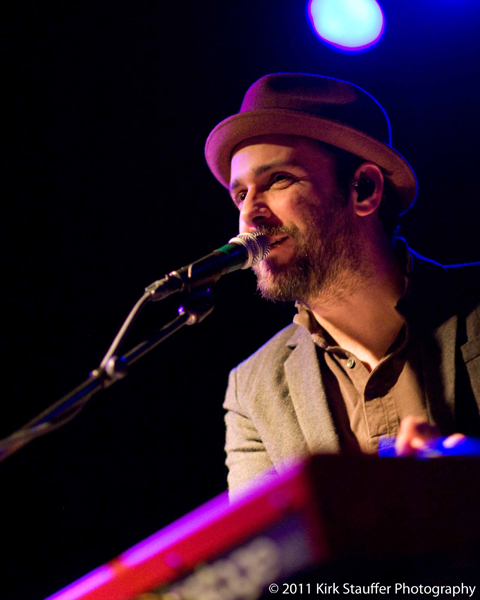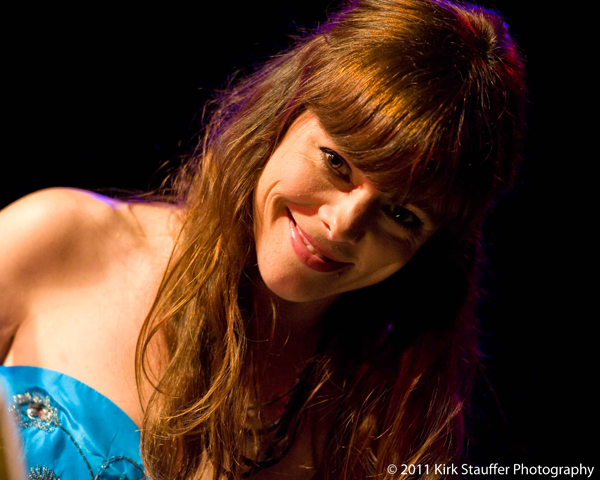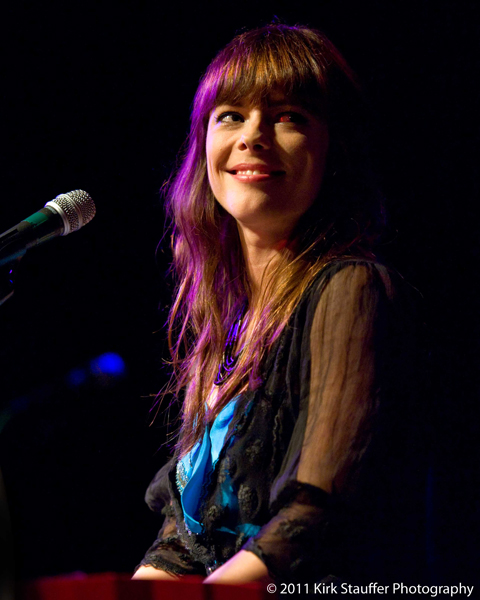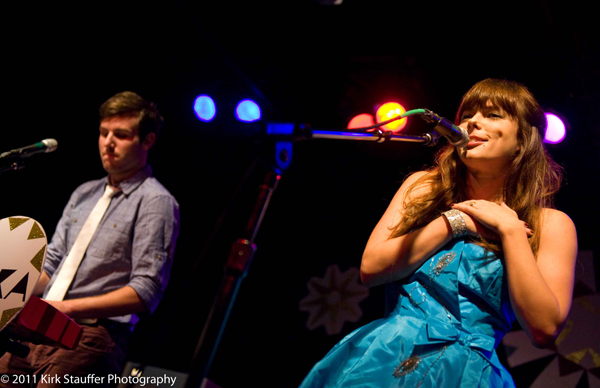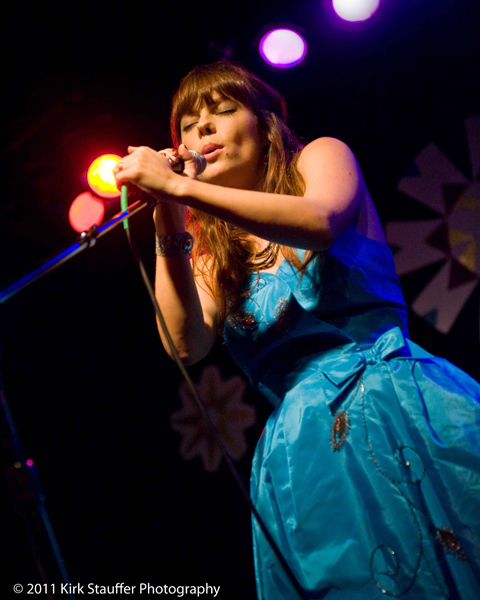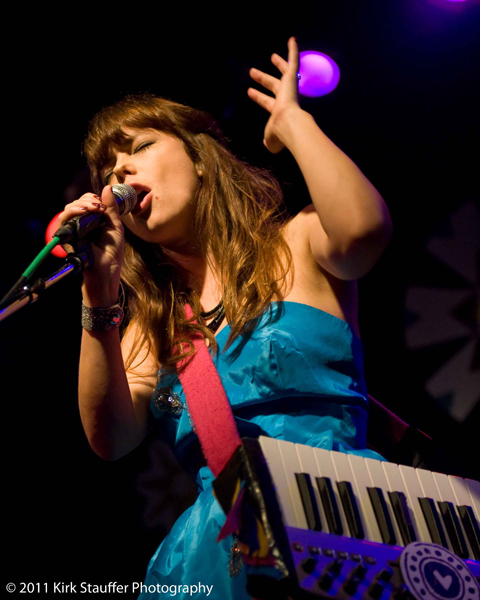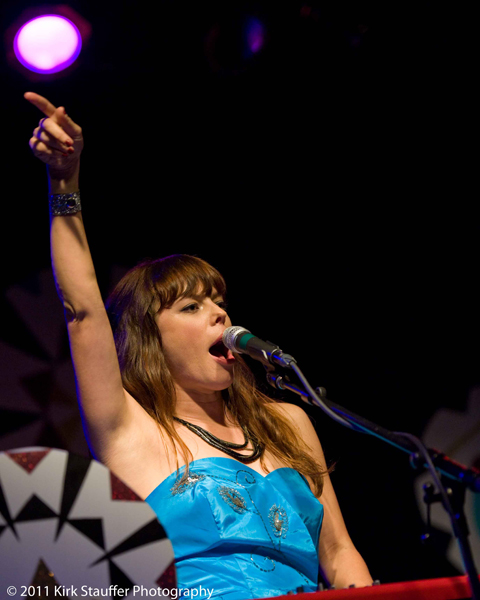As mentioned in yesterday’s post, Greg Laswell and Lenka are co-headlining on their current tour together. At Monday’s show at the Crocodile Cafe, Greg was up first and was accompanied by Austin Hartley-Leonard on cello and guitar.
Photos: Michelle Shocked @ Jazz Alley
Jazz Alley hosted American artist Michelle Shocked on Saturday, March 26th. Shocked hails from Texas, and her latest release Soul of My Soul came out in 2009. For Saturday’s show Alex Crick captured some beauties of the musician at work:






Michelle Shocked
Photos: Lenka @ The Croc 4-4-11
Lenka was second up at The Croc on Monday night at a stop during her co-headline tour with Greg Laswell. I was able to grab an advance copy of her upcoming album Two – before they sold out – due to be released on April 19.
Photos: A Day To Remember @ Showbox SoDo
On March 31st A Day To Remember played Showbox SoDo in Seattle. The punk/metal with a twist of pop band’s latest, the critically acclaimed What Separates Me from You is out now and includes “All I Want,” a song with solid advice, “Keep your hopes up high and your head down low.” Matthew Lamb covered the show with some super shots:












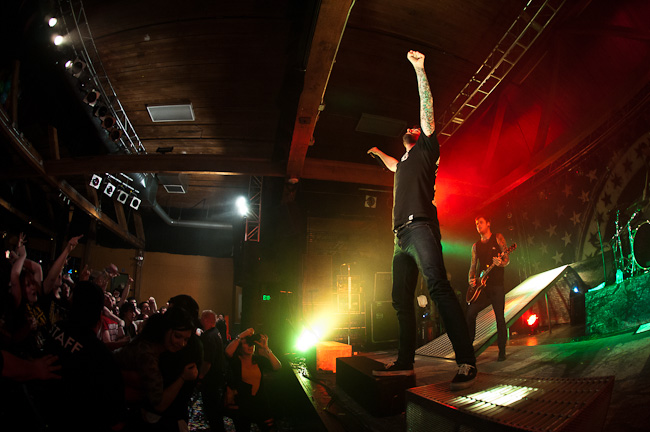
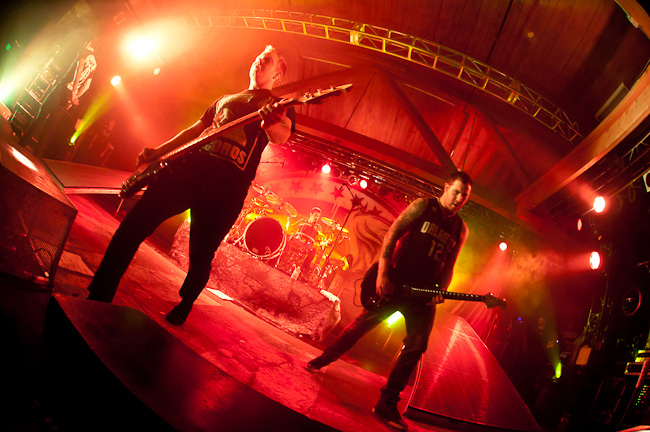

A Day To Remember
Photos: Kaki King & Megan Washington @ the Triple Door
Atlanta native, and incredibly unique artist, Kaki King recently headlined Seattle’s Triple Door, bringing with her Australia’s Megan Washington. We’ve got more photos from the evening – these ones come from photographer Jason Tang, who covered the performances (as did Kirk Stauffer).


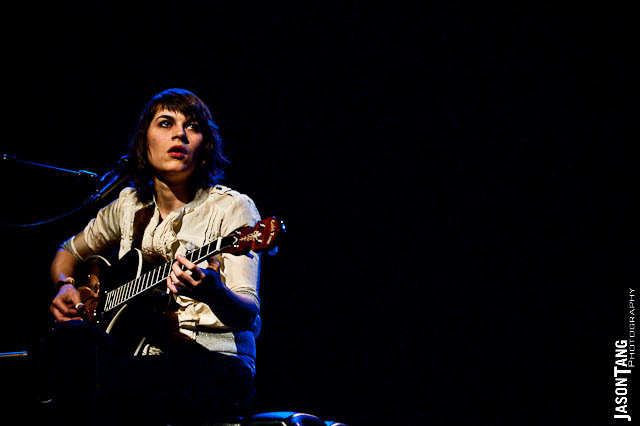


Kaki King



Megan Washington




